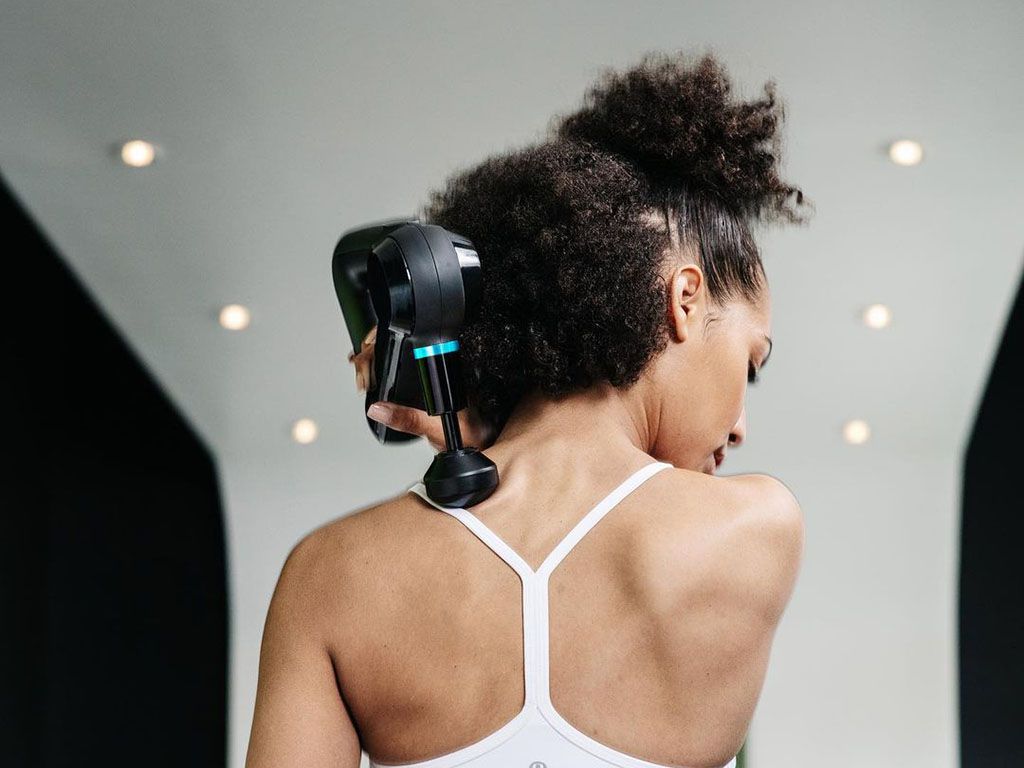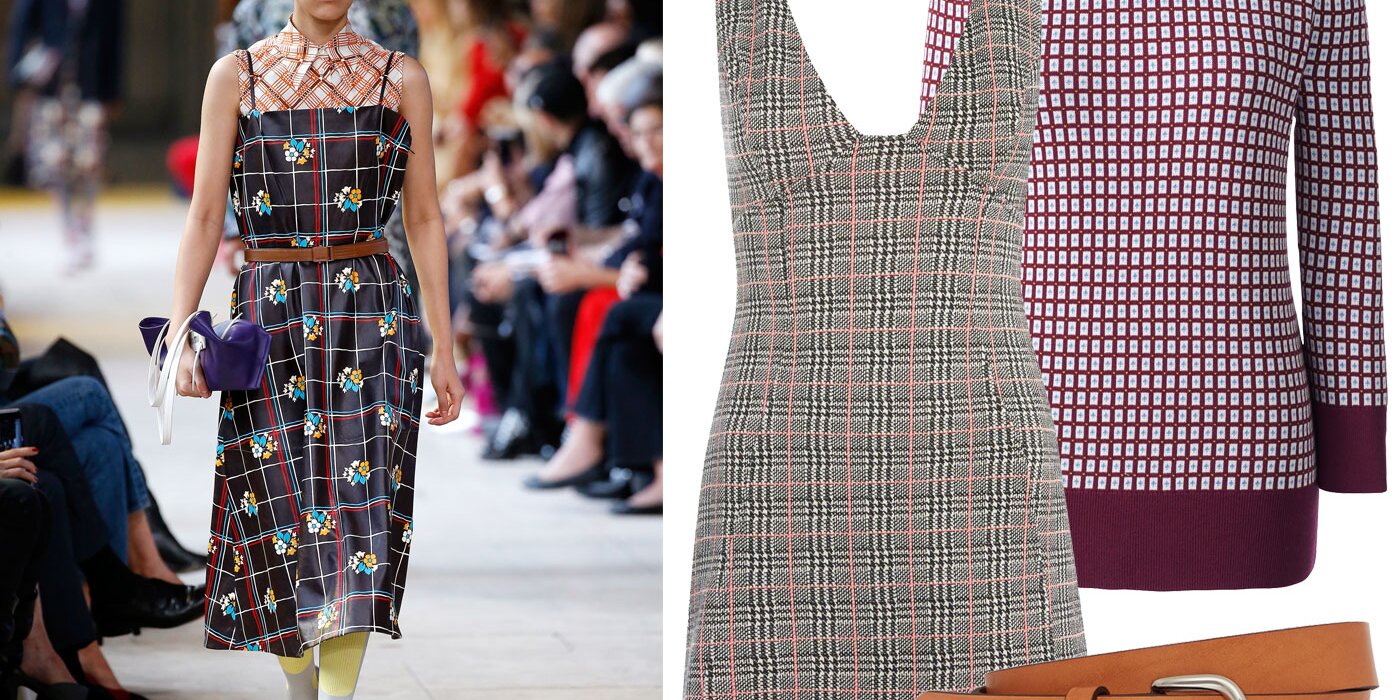Shark Bites: Everything to Know About This Unique Piercing

Although they’re a fairly uncommon type of piercing, shark bites still deserve their time to shine. A unique look, shark bite piercings are denoted by two holes on either side of the lower lip, for four piercings altogether. Shark bite piercings are almost identical to snake bite piercings, but with two piercings in each area rather than just one. These piercings get their name not because they look like you’ve been bitten by a shark, but because they’re meant to mimic the layered look of the ocean predator’s teeth.
Shark Bite Piercings
Placement: Two piercings on either side of the lower lip
Pricing: $40–$75 per hole
Pain level: “Around a 5 or 6 [out of 10],” says Johnson.
Healing time: 3–6 months
Aftercare: Wash the outside with a sterile saline solution and the inside with antiseptic/non-alcoholic mouthwash three times a day.
What Are Shark Bite Piercings?
Shark bite piercings are two sets of double piercings on either side of the lower lip. These piercings are done by having an experienced piercer push a needle through a marked spot on the skin beginning from the inside of the mouth. This process is done four times in total and can be done with or without a clamp to pull the skin taut, whichever your piercer prefers. Once the needle is pushed into the skin, it’s followed by the labret or barbell backing. Then, once it’s poked through to the outside, the threaded end of the jewelry is attached to keep the piercing in place.
Pain and Healing Time
If you follow all proper aftercare procedures, you can expect your shark bite piercings to heal in about 3–6 months. Having multiple piercings in one location doesn’t lower the healing time in comparison to just one. However, it does require more attention during aftercare.
In terms of pain, shark bite piercings are about midlevel—expect it to fall somewhere between a 4 and a 6 out of 10. Plus, considering you’ll have to endure four separate piercings, your lip may become sensitive or otherwise uncomfortable in the process.
“They don’t feel good, but it’s definitely not the most painful piercing you could be getting,” says Michael Johnson, a professional piercer at A Wicked Sensation.
Just how much it hurts depends on your pain tolerance, as everyone’s body processes pain differently. It’s also dependent on how your piercer works, says Eileen Cabral, an experienced piercer at Tiger Eye Tattoo Studio, so it’s important to talk about the procedure before booking.
“If the piercer uses a clamp for pressure, it usually helps with the pain,” says Cabral. “If the piercer is more aggressive, a needle is just inserted without a clamp—that hurts.”
Cost of Shark Bite Piercings
Shark bite piercings tend to be priced per hole, so expect to pay whatever the price is times four. Prices will also vary depending on the experience of your piercer, the general shop pricing, and the location. Johnson, for example, is located in Utah and charges about $40 per piercing. On the other hand, Cabral charges about $60 for a set of two. Ultimately, expect to pay about $40–$75 per hole.
The other stipulation is that your piercer may charge separately for the jewelry. It’s a good idea to talk to piercing professional ahead of time to get a sense of how much you’ll be charged, so you’re not caught off guard. While some shops may not charge you extra for the jewelry, know that selecting jewelry that’s above the basic choice could result in an upcharge.
“Basic jewelry is included in the price. However, there is an option to spend more to upgrade,” says Johnson.
Aftercare
It’s important to care for your piercings attentively until they are fully healed. If you neglect to keep your piercings clean or don’t follow the aftercare directions, your shark bites could become warped or full of harmful bacteria.
“With any piercings, make sure [the] area doesn’t get infected—[the] oral cavity has a lot of bacteria,” says board-certified dermatologist Jenny Liu, MD, FAAD.
To do that, you’ll have to clean your piercings three times a day, says Johnson. However, because the piercings are both on the inside and outside of the lip, you have to be conscious about cleaning both sides in the appropriate manner.
“You have to consider that it’s a wet and dry environment,” says Cabral.
First, clean the outside of the piercings with a sterile saline solution. You can either submerge the piercings into a container of the wash or use a cotton swab to gently apply it directly to the hole. For the inside of the piercings, using mouthwash is essential. However, make sure you’re using only antiseptic, non-alcoholic mouthwash, because anything else can cause irritation and delay healing time, according to Cabral. Also, be sure to keep your hands away from your piercings to avoid any pause in the healing cycle or detrimental side effects.
Side Effects of Piercing
Infection: “Infection [is the] most common,” says Liu. It’s very easy to cause an infection in your new piercing, which is why it’s imperative to follow the aftercare directions given to you by your piercer. Signs of infection include redness, heat radiating from the hole, swelling, pain, a fever, or yellow or green pus.
Keloid: Keloids may form if you’re sensitive to scarring, says Liu, so be sure to let your piercer know ahead of time if you are. Keloids are formed when your body creates more scar tissue than necessary to cover a wound. Luckily, they’re usually painless but aesthetically annoying.
How to Change Out Shark Bites
Once all four of your piercings have fully healed, you’re able to start changing out the jewelry into new styles if you please. However, be sure that the piercings are fully healed. Otherwise, they could cause irritation and potentially even an infection.
How to change out the jewelry depends on what type you were pierced with. If it was a labret, change it out by screwing off the removable closure, sliding the back out from inside the mouth, sliding the new one in, and screwing the removable piece onto the front. For a barbell, the process is generally the same; remove the threaded ball on the front, slide the bar through and out from the inside of the mouth, slide a new one in, and affix the new ball onto the bar.
It’s possible to do this by yourself if you’re certain you know exactly how to do it without causing trauma to the wounds. If you’re not sure, just reach out to a professional, says Liu.
“Somebody very experienced with piercings may be able to change it themselves,” agrees Johnson. “However, getting help is never a bad idea.”
What Type of Jewelry Is Used for Shark Bite Piercings?
“Typically, labrets [are used],” says Johnson. “Standard barbells are used for people with thick lips.”
Labret Stud: Labret studs have a flat back and a threaded closure, such as a removable ball, on the other end. This is the most typical kind of jewelry for lip piercings.
Barbell: For those with larger lips, barbells are the better choice, as they allow for more room between each end. Rather than having a flat back like a labret stud, a barbell has a ball on either end—one fixed and one removable.
What Jewelry Material Is Used for Shark Bite Piercings?
“I recommend sticking to less allergic ones,” says Liu. “Nickel and, less commonly, gold are metals that can commonly cause contact dermatitis.”
Titanium: If you do have sensitive skin or just want to be safe, your best bet is jewelry made from titanium. This metal does not contain any nickel, so you can choose whatever look you want without the worry of an allergic reaction.
Surgical Steel: If you know you’re not allergic to nickel, surgical steel is a safe, solid choice as well. Just like titanium, it comes in a number of styles, so you can be sure your jewelry looks as you’d want it to.
Gold: Gold is often a choice for those who want to upgrade their jewelry into something more aesthetically pleasing. It’s imperative that, if you go for gold, it is 14 karat or higher. Otherwise, your jewelry could harbor harmful bacteria.
Considering a Snake Bite Piercing? Here's What to Know









